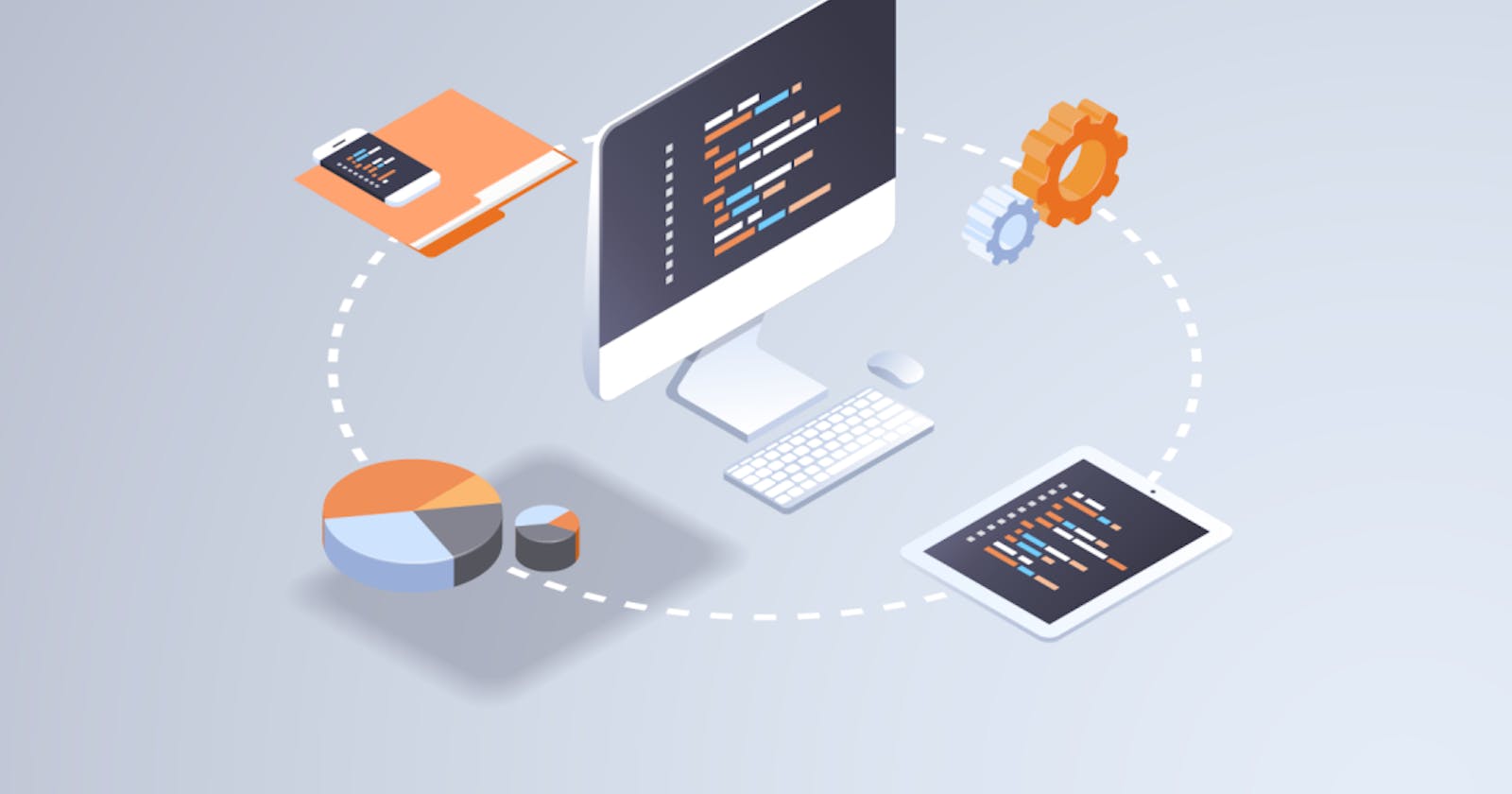Demystifying APIs: A Beginner's Guide to Understanding Application Programming Interfaces
Application Programming Interfaces (APIs) are an essential part of modern software development. An API allows two different software systems to communicate with each other. It enables a developer to create a piece of software that interacts with another application, service, or platform. API technology is widely used by companies to automate processes and enhance their user experiences.
APIs can be a confusing topic for non-technical people. In this article, we will demystify APIs and explain them in a friendly way, using simple language and code examples.
What is an API?
An API is a set of rules, protocols, and tools that enable different software systems to communicate with each other. It acts as an intermediary between two different applications or services, allowing them to exchange data seamlessly. Imagine two people who don't speak the same language trying to communicate. They need a translator to understand each other. Similarly, an API serves as a translator between two software systems, making it possible for them to communicate with each other.
APIs can be used for a wide range of purposes, including data sharing, software integration, and automation. For example, an API could allow you to integrate your e-commerce store with a shipping service to automatically generate shipping labels for your orders. It could also enable you to access weather data to display the current weather conditions on your website.
Types of APIs
There are different types of APIs, including:
Open APIs: These are publicly available APIs that can be accessed by any developer. Open APIs can be used to build third-party applications, mashups, and plugins. Examples of open APIs include the Twitter API, the Google Maps API, and the Facebook API.
Internal APIs: These are APIs that are used within an organization to integrate different systems or services. For example, an organization might use an internal API to connect its sales and marketing databases.
Partner APIs: These are APIs that are used to integrate with third-party services or applications that are provided by partners. For example, a company might use a partner API to integrate its e-commerce store with a payment gateway.
How do APIs work?
To understand how APIs work, let's use a real-world example. Imagine you want to book a flight. You go to a travel booking website, select your destination and dates, and click the "search" button. The website uses an API to connect to the airlines' reservation system and retrieves the available flights for your chosen dates. The website then displays the results to you.
The website is using an API to communicate with the airline's reservation system. The API allows the website to send requests for flight availability and receive responses from the reservation system. The API acts as an intermediary between the website and the reservation system, allowing them to exchange data in a standard format.
In technical terms, APIs use a set of protocols and tools to enable communication between two different software systems. APIs use a request-response model, where one system sends a request for information or action, and the other system responds with the requested information or action.
APIs are typically accessed using an API endpoint, which is a URL that identifies the API service. To access an API, a developer needs to make an API request to the API endpoint using a specific API method. The API method specifies the type of action the developer wants to perform, such as retrieving data, updating data, or creating new data.
For example, let's use the OpenWeatherMap API to retrieve the current weather conditions for a specific location. We will use the GET method to retrieve data from the API.
import requests
# Define the API endpoint and API key
url = "https://api.openweathermap.org/data/2.5/weather"
api_key = "YOUR_API_KEY"
# Define the query parameters
params = {"q": "New York City", "appid": api_key}
# Send a GET request to the API endpoint with the query parameters
response = requests.get(url, params=params)
# Check the status code of the response
if response.status_code == 200:
# The request was successful, so we can print the weather data
weather_data = response.json()
print(f"The current weather in {weather_data['name']} is {weather_data['weather'][0]['description']}.")
else:
# The request was not successful, so we can print an error message
print("An error occurred while trying to retrieve the weather data.")
(Note: You'll need to replace YOUR_API_KEY with your actual API key for this code to work properly.)
The above code snippet sends an HTTP GET request to the OpenWeatherMap API endpoint and retrieves the current weather conditions for New York City. The response from the API is in JSON format, which can be parsed and used by the developer's application.
APIs and Webhooks
APIs and webhooks are often confused with each other. While both technologies enable communication between two different software systems, they have different use cases. An API is used when a developer wants to retrieve data or perform an action on a remote system. In contrast, a webhook is used when a developer wants to receive real-time notifications from a remote system.
For example, a developer might use a webhook to receive notifications whenever a user signs up for their service. The remote system would send a notification to the developer's application using a webhook whenever a new user signs up.
Final Thoughts
APIs are a powerful tool for developers, allowing them to create new applications and integrate existing systems. They are used by companies of all sizes and across all industries to automate processes, enhance user experiences, and improve business efficiency.
In this article, I explained APIs in human-friendly language using simple examples and code snippets. I hope that this article has helped you understand what APIs are, how they work, and their various use cases. If you're a developer, I encourage you to explore the many APIs that are available today and start building your applications!
